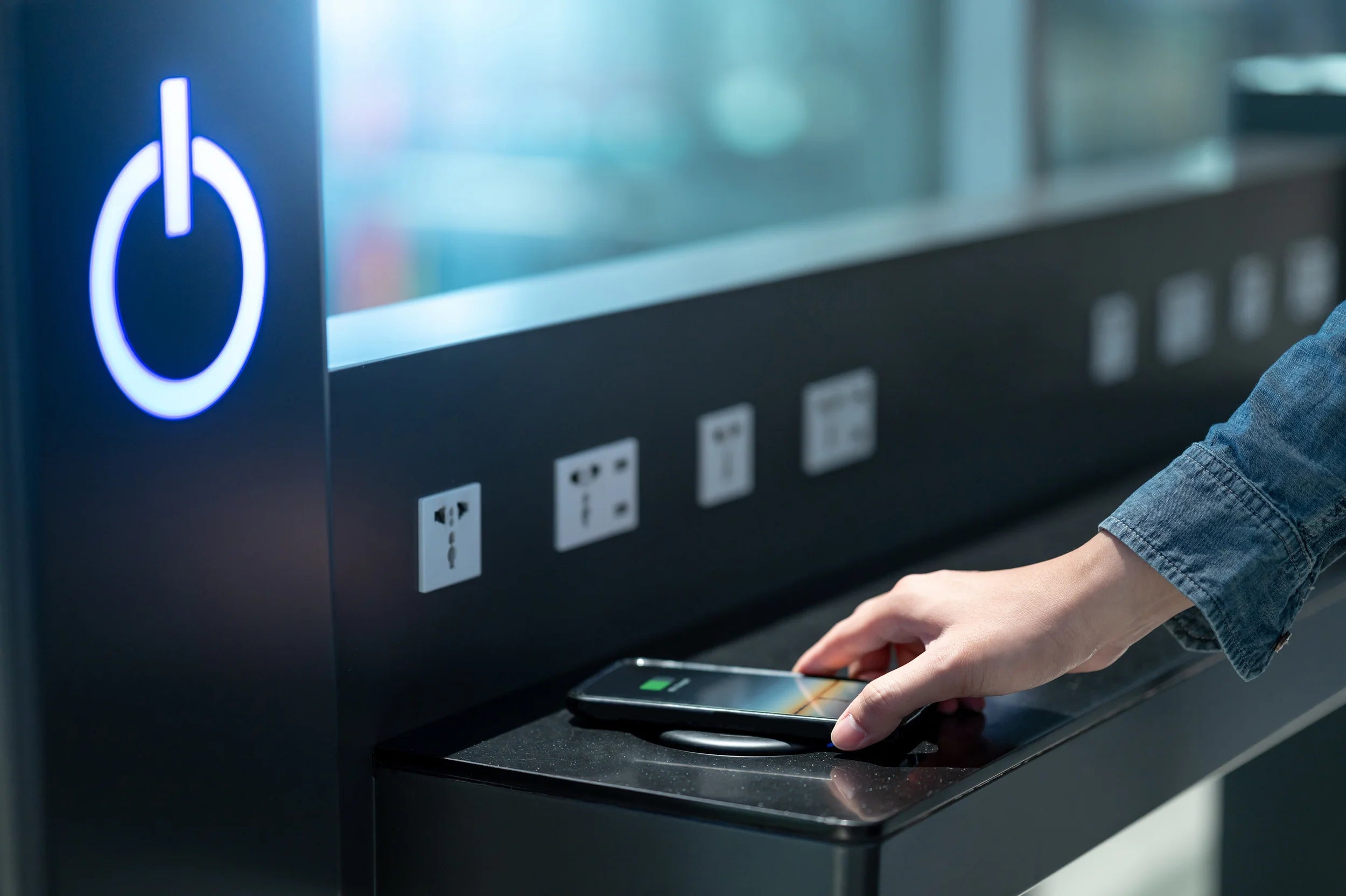A lot has been said about wireless chargers in recent years, some accurate, some not so much. Perhaps the reason why people are yet to form a definitive opinion on the technology is because of how relatively new it is, even though it’s been around for more than a decade.
Seeing how not all smart devices incorporate wireless charging capabilities, not many are those who have had the privilege of using a wireless charger up to this point. As such, it is still unclear for some whether wireless charging through wood is possible, or if it even works to an acceptable standard.
We should point out right from the start that not only do they possess the penetrative capacity to charge through wooden surfaces but that some of these chargers are actually designed for it. More so, some wireless charging stations are even made with a wooden exterior so that they’ll be easier to install in an office setup.
An elegant solution
Know that some wireless chargers are designed with the specific purpose of being installed underneath wooden tables or desks. For this purpose, they come equipped with practical charging pads that can be attached to the underside of every wooden table. The setup usually includes a marker that you have to position above the table in the exact location of the charging pad.
A decent wireless charger should at the very least deliver a consistent charge through wooden surfaces thinner than 5 cm or so. This doesn’t solely apply to wood, mind you, but to virtually any surface that doesn’t impede the inductive charge.
In other words, you can definitely get the benefit of wireless charging through wood tables, desks, or any other furniture with a thin enough top to allow a consistent charge to go through. As for the maximum thickness of the surface, this usually differs from charger to charger, even though most of them can probably handle your average office desk.
In this respect, bear in mind that the speed and reliability of the inductive charge can vary greatly from one charger to another. While some chargers can deliver upwards of 15-18W or so, others can barely reach charging speeds of up to 7.5 Wh on a good day.
Different standards for different models
Another thing you might want to take into consideration is the charging standard and the protocols. Although Qi charging is by far the most popular, there are also a handful of PMA and WiPower chargers on the market, each with its own particularities.
For a few years now, the Alliance for Wireless Power has been challenging (although unsuccessfully) the Qi standard with a different type of wireless charging. This technology uses magnetic resonance as opposed to inductive coupling, which is supposed to have a longer reach than inductive systems.
The problem with this particular standard is that although it has a longer range, the actual charge being delivered barely goes over 6-7 watts. In other words, you shouldn’t expect anything other than Qi chargers to handle wireless charging through wood surfaces in a consistent and reliable fashion.
Not just that but the best wireless chargers on the market all seem to employ a Qi model, which is slowly but surely becoming the industry standard for the majority of all newly released smart devices. Giant tech companies like Samsung and Apple also have their own proprietary wireless chargers, and they all operate a Qi standard.





Leave a comment
This site is protected by hCaptcha and the hCaptcha Privacy Policy and Terms of Service apply.